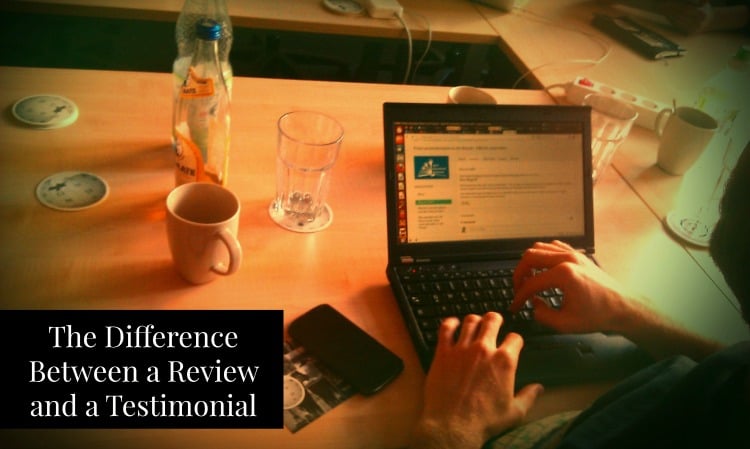Keeping up with customers’ expectations for personalization can be a challenge for small businesses, but it doesn’t have to be. Even the most time and budget-challenged business can incorporate a solid program for maximizing customer growth and value if they choose the right strategy and tools to implement it. Lifecycle marketing, often referred to as marketing automation, provides both.
What is Lifecycle Marketing?
Lifecycle marketing is a practice through which businesses analyze their customers’ interests, systemize their processes, and manage their marketing efforts to deliver exactly what the customer is seeking. This method centers upon understanding where a person is in their “lifecycle” with your business. The stage dictates how your company communicates with him or her—by whom, for what purposes, and how often. These are all important factors in driving engagement, which is one of the most valuable marketing metrics your business can measure. Further, lifecycle marketing spans all your communication channels—from web, to social media, print communications, phone calls, events, email, direct mail, and other tactics and touchpoints you may employ.
Seven Phases of the Customer Lifecycle
There are seven key components, or lifecycle phases, that thriving businesses use to grow, nurture, and retain customers. Each of these lifecycle phases offers opportunities to interact with the person (initially a prospect, later a customer), and your marketing efforts would be structured accordingly. The phases are:
(1) Attract Traffic; (2) Capture Leads; (3) Nurture Prospects; (4) Convert Sales; (5) Deliver Satisfaction; (6) Upsell Customers; and (7) Request Referrals.
If you’re thinking that lifecycle marketing sounds individualized, you’re right. It is—by design. If you’re thinking it sounds time-consuming, you’ll be pleased to discover that you’re wrong. There are tools that are specially designed to manage this process and which allow you to monitor continuously and tweak your efforts for maximum results.
Tools for Tying It All Together
Marketing automation software combines several robust components for lifecycle marketing in a single product: Customer Relationship Management (CRM), Email Marketing, Automation Planning, Sales/Pipeline Management, and Analytics. This powerful combination of tools enables you to see a top-down view of every aspect of your customer communications and plan sequences of actions, evaluate the results you’ve received, and view (and act on) extensive details of your customer’s preferences and actions as they move through the various lifecycle stages.
Almost always provided as a service, (SaaS) marketing automation software is more affordable than you might expect. On an average, these services start at $99 per month and go up depending on the number of users and optional components you may wish to utilize as part of your subscription. Some providers' charges are based on the number of customers you will have in your database.
Don’t let the term “automation” fool you; marketing automation is not a series of impersonal auto-responders, as you might expect. It is quite the opposite—highly targeted, personalized marketing which is masterfully developed and tracked. A well-planned marketing automation program leaves customers feeling well taken care of and highly connected with your business. Isn't that what we all want for our clients?








Leave a comment